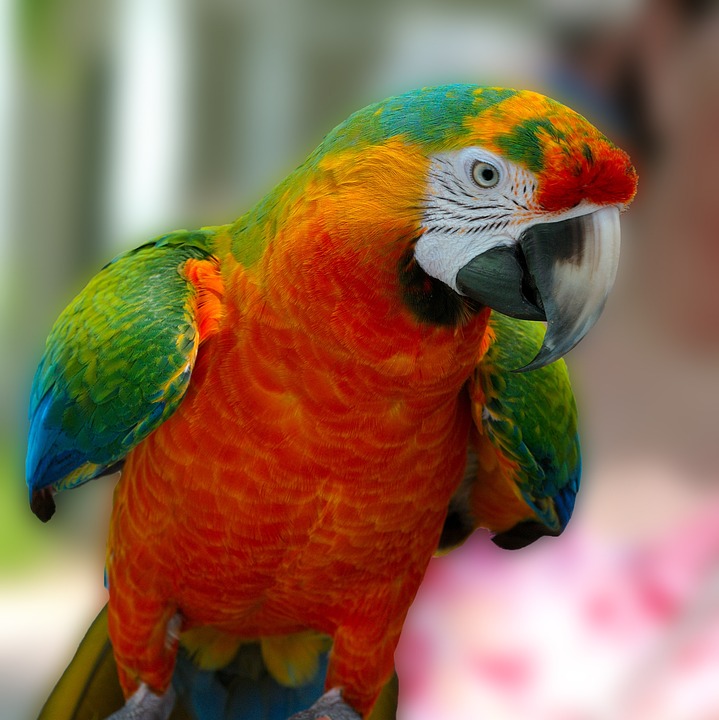Training your parrot can be a highly rewarding experience, but it’s important to ensure that your feathered friend is eager and ready for training sessions. By recognizing the signs of eagerness, you can create a positive and successful training journey. This article discusses the various signs to look out for and provides tips to make your training sessions enjoyable and effective.
One of the most evident signs of eagerness is active engagement. Pay attention to your parrot’s vocalizations during training sessions. If your parrot makes soft, excited chirps or mimics your words, it shows a keen interest in the training process. Additionally, observe your parrot’s body language for signs of excitement and engagement. A parrot that bobs its head, fluffs up its feathers, or leans forward eagerly towards you is likely ready to learn. Maintaining eye contact is another positive sign, as it indicates that your parrot is focused and attentive.
Another way to gauge your parrot’s eagerness is by assessing its response to rewards. Treat motivation is highly effective in training, so if your parrot eagerly takes treats from your hand or shows excitement when a treat is offered, it signifies its willingness to participate. Additionally, parrots that display playfulness, such as hopping around or flapping their wings, after successfully completing a training task are showing eagerness to continue the training process.
Willingness to learn is another important aspect to consider. An eager parrot will willingly approach you or its training perch when called or offered the opportunity to engage in a training session. Furthermore, if your parrot displays curiosity and investigates new objects or toys introduced during training, it indicates an eagerness to learn and explore.
It’s important to note that the timeframe for a parrot to show signs of eagerness can vary. Some parrots may show eagerness from the beginning, while others might take a few training sessions to warm up. Patience and consistency are key in building trust and enthusiasm.
If your parrot seems disinterested or unresponsive during training sessions, consider external factors that may be causing this behavior. Illness, stress, or distractions in the environment can affect your parrot’s engagement. Ensure that the training environment is calm and free from disturbances. If the behavior persists, consult an avian veterinarian to rule out any underlying health issues.
Just like humans, parrots can have their ups and downs when it comes to training enthusiasm. To maintain interest, keep training sessions varied, fun, and short. Introduce new challenges and tricks to keep your parrot engaged and motivated.
While certain parrot species, such as African Greys, Amazons, and Cockatoos, are known for their intelligence and eagerness to learn, all parrots can become enthusiastic about training with the right techniques and patience.
In conclusion, recognizing signs of eagerness for parrot training sessions is crucial for a successful training journey. By observing your parrot’s active engagement, positive response to rewards, and willingness to learn, you can ensure a fruitful and enjoyable training experience. Remember to be patient, consistent, and adapt your training methods to suit your parrot’s individual preferences and abilities. Happy training!









